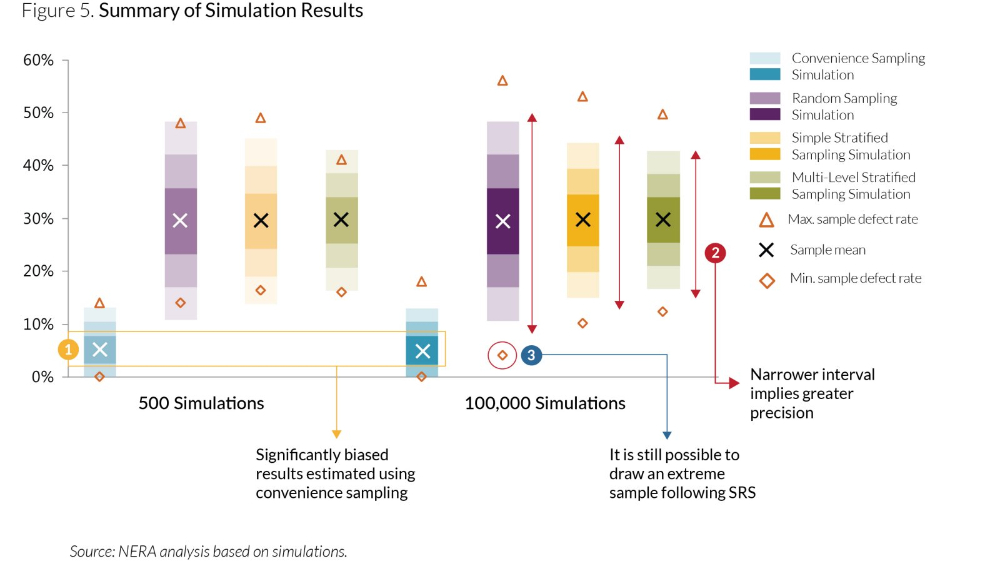- within Strategy, Employment and HR, Litigation and Mediation & Arbitration topic(s)
- with Senior Company Executives and HR
- with readers working within the Insurance, Healthcare and Utilities industries
In today's data-rich environment, it is often impractical or even impossible to observe and analyse every individual item within a population. This is especially true in complex industries such as commercial construction, where the volume and complexity of data continue to grow with technological advancements. As a result, sampling and extrapolation have become essential tools to understand populations that are too large or difficult to measure in full.
Accordingly, the use of sampling and extrapolation in litigation and dispute resolution is likely to increase, particularly in these sectors. UK courts have increasingly recognised the value of sampling in establishing liability and damages. However, the high failure rate of poorly designed sampling underscores the critical importance of robust methodology and bias mitigation in ensuring credible and defensible results.
Choosing the right sampling approach can make a huge difference in litigation outcomes, but doing this is no simple task. In this white paper, Senior Managing Director Daniel Hanson, Consultant Khalil Sabourian, and Economic Analyst Daisy Chu lay out the fundamental principles for robust sample design in litigation contexts, distinguishing between statistical and non-statistical approaches, and common pitfalls to avoid when sampling.
The authors use a stylised simulation model to demonstrate how precise statistical methods, such as stratified sampling, can reduce uncertainty and improve estimate accuracy, mitigating risks of under- or over-estimation in high-stakes commercial construction sector disputes. The authors also demonstrate the potential financial benefits of the increased precision.

To download publication, please click here.
The content of this article is intended to provide a general guide to the subject matter. Specialist advice should be sought about your specific circumstances.



